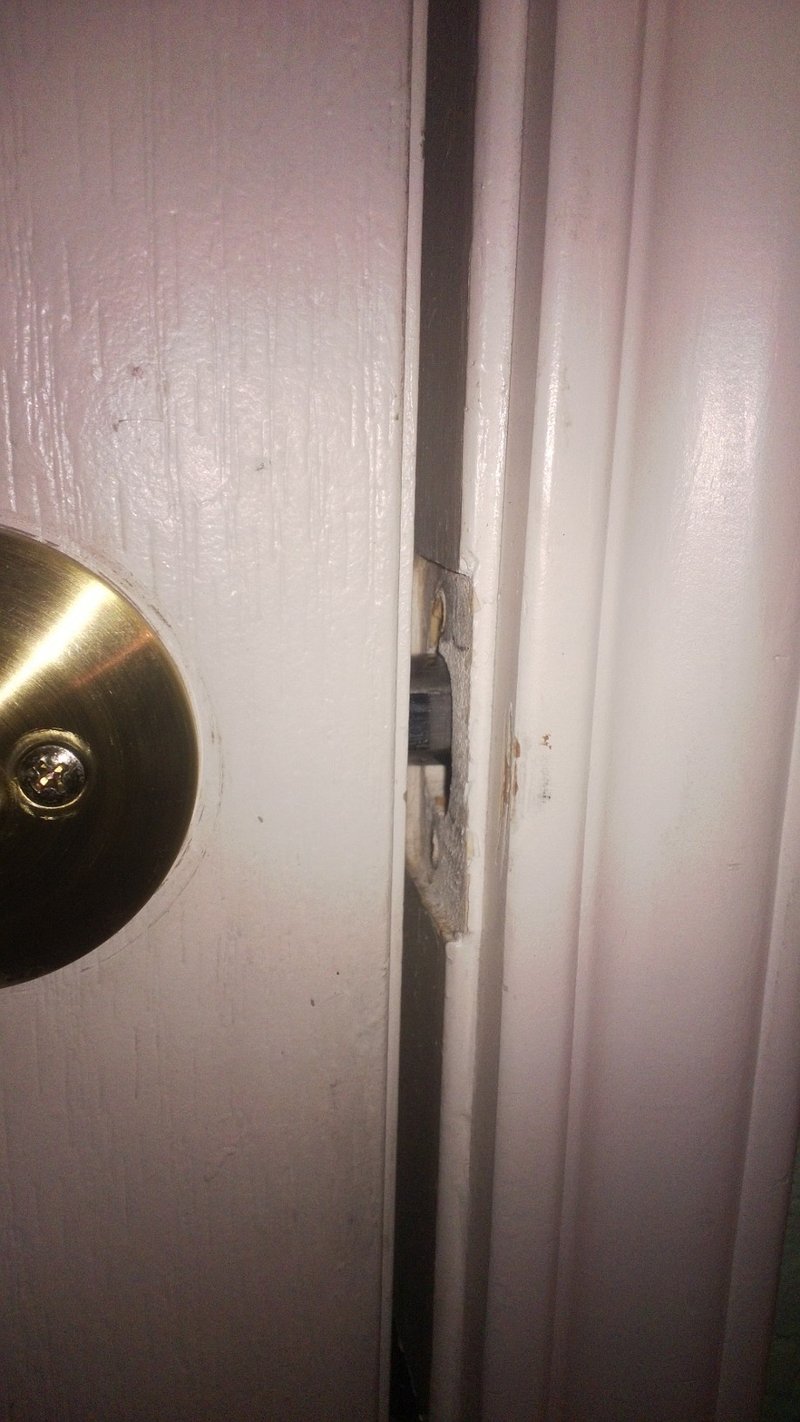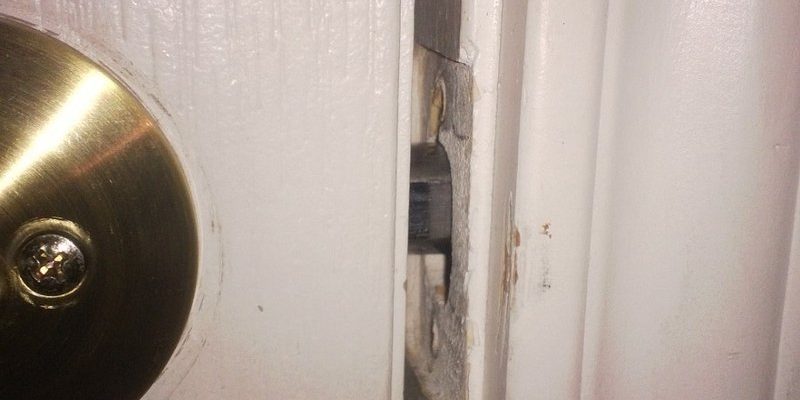
Here’s the thing: vibrating door hardware isn’t all that rare, and it can happen to everything from a classic Schlage deadbolt to a fancy smart lock system. Think of your door like a seesaw—if any part is off balance, everything else shakes with it. Let me explain why this happens and what you can do about it, even if you’re not a pro at home repairs or troubleshooting hardware.
Most of us just want our doors to work smoothly. A vibrating handle or lock, especially on an exterior door, can be annoying and sometimes a little unsettling. If you’re wondering what’s causing this, and if your favorite locking remote or keypad is part of the problem (spoiler: it’s usually not the remote code or a sync issue), read on for some real answers.
What Causes Exterior Door Hardware to Vibrate?
When an exterior door’s handleset or lock vibrates as you’re closing the door, most people think something inside the lock must be broken. In reality, it usually comes down to a few simple causes:
- Loose screws or mounting plates—If the screws holding your knob, lever, or deadbolt are even a little bit loose, the hardware will move against the door’s surface and vibrate.
- Door alignment problems—A misaligned door can slam or shift as it closes, sending shockwaves through the handles and locks.
- Hollow-core doors—These are lighter, so they amplify vibrations every time they move.
- Cheap or worn-out hardware—Older locks and handles, or those made from thin metals, often rattle and flex more easily.
Honestly, it’s a bit like riding a bike with loose handlebars—every bump in the road feels worse. Even the sturdiest exterior hardware (like Yale, Kwikset, or August smart locks) can vibrate if the door itself isn’t rock-solid, or if the hardware wasn’t installed tightly to begin with.
How Door Construction Affects Vibrations
Some doors are built to take a beating, while others are surprisingly flimsy. If your exterior door hardware vibrates, one big factor is the way the door was made:
- Solid wood and fiberglass doors absorb shocks better. When you close them, there’s less chance of the hardware shaking.
- Hollow-core doors (often used inside homes, but sometimes found on older exteriors) act like a drum, amplifying every touch or slam. Hardware installed on these doors tends to rattle much more.
- Steel doors are sturdy, but if the insulating core isn’t dense or the skin is thin, you’ll hear and feel every vibration—sometimes even more than on wood.
Let me put it this way: If your door sounds echoey when you knock, it’s probably more likely to vibrate when you close it. Heavy, well-built doors anchor the lock firmly; lighter or poorly-fitted doors let everything bounce around.
Loose Hardware: The Most Common Culprit
Here’s the truth: Most vibrating door hardware comes down to a good old-fashioned loose screw. Over time, exterior doors get slammed, pulled, and exposed to weather, which can work any screw or bolt loose.
How do you check for this? Open your door and gently wiggle the handle or knob. If it shifts even a little, grab a screwdriver and tighten every visible screw. Don’t forget to check the *interior* side of the hardware, too—often, the mounting plate or hidden screws inside the lockset are the main offenders.
Vibrating hardware is almost always easier to fix than people think. Nine times out of ten, a screwdriver is all you’ll need.
And don’t forget: Sometimes the faceplate (that little rectangle of metal around the latch) can be loose, too. Give it a quick check and tighten as needed.
Why Door Alignment Matters
You might be wondering, “How can the whole *door* make my handle vibrate?” It’s pretty simple. If your door doesn’t line up with the frame—maybe it rubs at the bottom, sticks at the top, or you have to yank it hard to close—closing it sends a jolt through everything attached to it.
Door alignment issues can come from:
- Settling foundations, which warp the door frame
- Humidity changes causing the door to swell or shrink
- Hinges that are worn out or missing screws
If you hear a sharp clack or bang when closing the door, or see gaps along the top or sides, door alignment is almost certainly part of your vibration problem. Sometimes a small adjustment of the hinges or frame can make a huge difference, stopping both door shaking and hardware rattling.
Does Smart Lock or Remote Hardware Make a Difference?
With all the new “smart” locks and digital remotes (like August, Schlage Encode, or Yale Assure), you might think electronics are to blame. But here’s the thing—*vibrating* is almost never about the smart code, sync, or pairing system.
If you’re using a remote to unlock or lock your door, and you notice the hardware vibrates when you close it, chances are it’s still old-school mechanics at play. Even battery-powered smart locks rely on physical mounting plates and screws. If those are loose, every snap of the door transfers the impact into a rattle or buzz.
Of course, if the vibration is so bad that your smart lock starts to *malfunction* (maybe it’s not locking properly, or you keep having to reset or troubleshoot the device), then the vibration issue has gone from “annoying” to “critical.” For most people, fixing the physical part—tightening screws, adjusting the fit—solves the vibration and keeps your battery and electronics safe.
How to Fix Vibrating Exterior Door Hardware
Ready to stop the rattle for good? Here’s a simple step-by-step guide:
- Tighten all visible screws on both sides of the door. Don’t skip the strike plate and latch plate.
- Check for loose faceplates or escutcheons (the parts that surround the handle or lock). Tighten or replace them as needed.
- If you have a smart lock, make sure the mounting plate is flush against the door with no gaps. If you’re swapping out hardware, always follow the pairing, sync, or reset instructions for your brand’s remote or keypad—this keeps things secure but doesn’t affect vibrations.
- Examine the door’s fit in the frame. Look for sagging, gaps, or spots that rub. Adjust the hinges or add weatherstripping if needed.
Sometimes, if the door or frame is badly warped, you’ll need a professional to rehang the door—or even replace it. But most of the time, you can tame vibrations with a screwdriver and a little patience.
What If the Hardware Is Still Vibrating?
Okay, so you’ve tightened every screw within sight, but that hardware is still shaking every time you close the door. What gives?
Here are a few next-level things to try:
- Add a rubber bumper or silencer near the latch. These small pads can dampen vibration where the door meets the frame.
- Upgrade to higher-quality hardware. Cheaper handles and locks are more likely to vibrate or rattle. Brands like Schlage, Kwikset, and Yale are known for solid, quiet hardware.
- If the door is hollow or very light, consider replacing it with a solid-core model, especially if this is your main entryway.
If the vibrating hardware is part of a smart lock system, double-check the mounting instructions, and make sure the electronics are seated properly. Sometimes, factory resets or re-pairing your remote can help with connection or battery issues, but not with vibration.
When Should You Call a Pro?
Most hardware vibration can be handled at home, but there are times to bring in a professional:
- The door itself is warped, cracked, or obviously damaged.
- You’ve tightened everything and the vibration is getting worse.
- Your smart lock is acting up—maybe it won’t pair, keeps losing sync, or the battery drains quickly after the vibration started.
- You feel uncomfortable doing repairs or suspect there’s a security risk.
Professionals can spot issues like hidden wood rot, structural problems, or even wiring issues (if your lock is fully electronic). It’s always worth it for a main exterior door—especially if you want to keep your home safe and your lock working perfectly.
Final Thoughts: Keeping Your Door Quiet and Secure
Living with vibrating exterior door hardware is a pain, but it’s almost always fixable with a little attention and the right tool. Most often, it’s a case of loose screws, misaligned doors, or lightweight construction—not something you need to stress about for days. Even if you have a modern smart lock or a remote-entry system, vibration is a physical thing, not an electronic one.
Tighten everything, check the door’s fit, and don’t be afraid to upgrade a flimsy handle or knob with something sturdier. Your home should feel solid and secure, right down to the doorknob. If in doubt or if things just aren’t adding up, call in a pro and get it sorted. Here’s to quiet, smooth-closing doors—inside and out.
